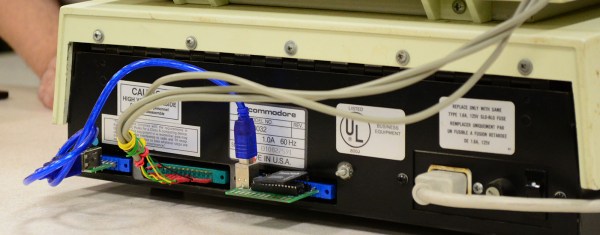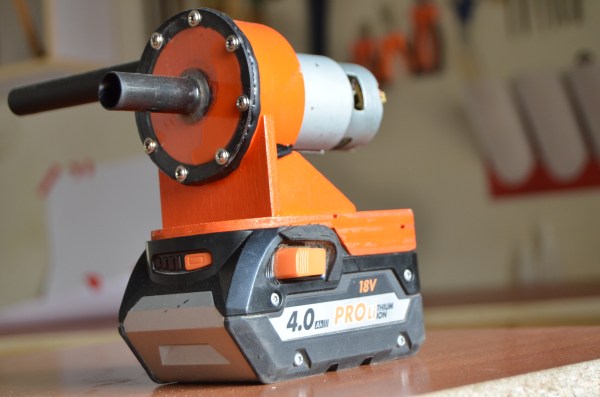If you’re at all into medical hacks, you’ve doubtless noticed that the medical industry provides us with all manner of shiny toys to play with. Case in point is a heart-monitoring IC that’s so brand new, it’s not even available in all of the usual distributors yet. [Ashwin], who runs a small prototyping-supplies company, ProtoCentral, has been playing around with the new MAX30003 ECG chip, and the results look great.
The punchline is that the four-to-five dollar chip does everything for you, including analog filtering, wander removal, and even detecting the pulse rate. Using the chip is simple: you plug in two electrodes on one end, and you get the waveform data out over SPI on the other, with little or no work to do on the microprocessor side. The Arduino in the examples is just passing the SPI data straight to the laptop, with no processing going on at all.
[Ashwin] is selling these as breakout boards, but everything is open source, from the hardware to the GUI, so check it out if you’re interested in building your own. In particular, the circuit is just a voltage regulator and five volt level shifter.
Everything we know about electrocardiography projects, we learned from this presentation, and it looks like the devil is in the (many) details, so it’s nice to offload them to custom silicon whenever possible. We just think it’s awesome that we can scoop up some of the giant medical industry’s crumbs to play around with.

















